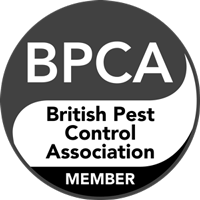Table of Contents
You’ll find seagulls scattered across all of the UK’s coastal towns. In the modern-day, you’ll even find them venturing further inshore to take advantage of the abundance of food and shelter our cities and towns offer.
You may be surprised to know, but there are no such species called a ‘seagull.’ In fact, seagulls or gulls are part of a widespread family of seabirds.
The problem is that seagulls cause havoc for local homeowners and business owners when they decide to call their property home. Therefore, we’ve created this helpful guide to show you how to get rid of seagulls for good. It’s important to read this article fully, as seagulls are protected. We’ll explain the laws behind seagulls and what you can and CAN’T legally do to get rid of them.
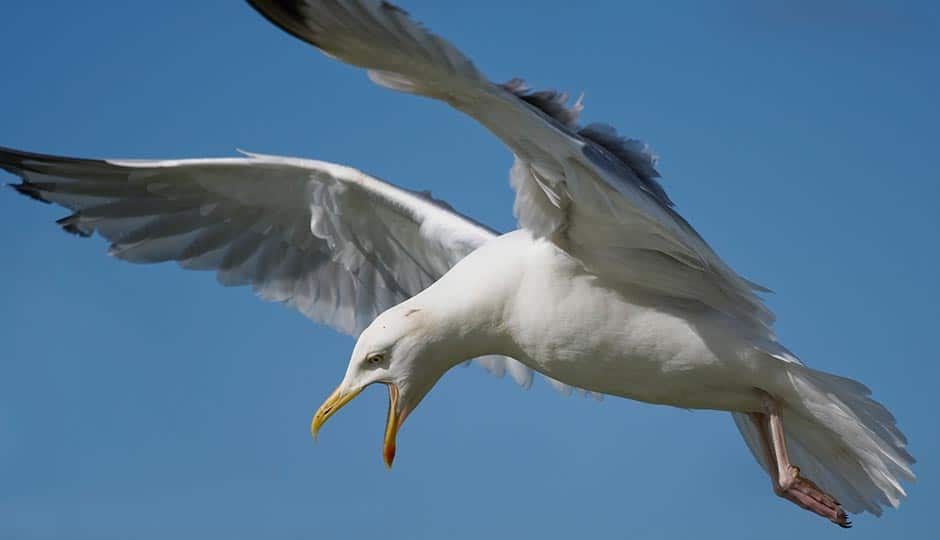
You may be wondering who is Integrum Services? We’re an expert seagull control company based in the south-east of England. We’ve completed seagull control and removal jobs across the UK and have worked with many blue-chip companies to keep them stay legally compliant and reduce their risk.
All about Seagulls
Gulls are extremely difficult to identify as there are many different types to look out for, and they all look slightly similar. The most popular seagulls that you may come across include:
Herring gull
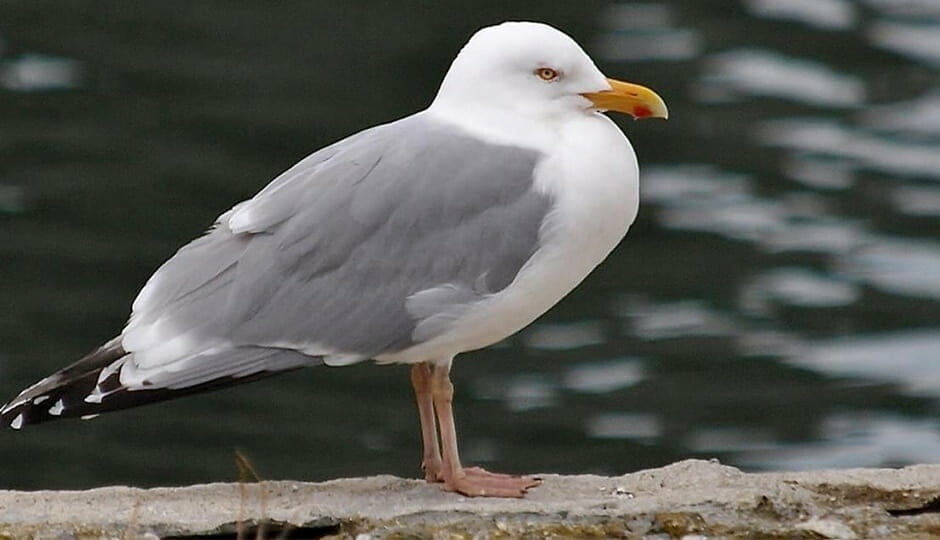
Herring hulls are large, noisy and found no matter the time of the year. You’ll usually locate them across our coasts and throughout waste and tipping sites.
To identify herring gulls, look for their light grey backs, white underparts and black wingtips. They typically have a wingspan of 130-150cm and a length of 54-60cm.
Lesser black-backed gull

Next is the lesser black-backed gull. These are usually slightly smaller than herring gulls and have a black back and wings and yellow legs.
The UK makes up 40% of the lesser black-backed gulls across the whole of Europe. Their length is around 52-64cm, and their wingspan 135-150cm.
Great black-backed gull

Imagine the lesser black-backed gull but larger, darker and much more powerful. The great black-backed gull will fight off other gulls and take their food.
To identify this bird, you should look for a wingspan of around 150-165cm and a length of 64-78cm.
Common gull
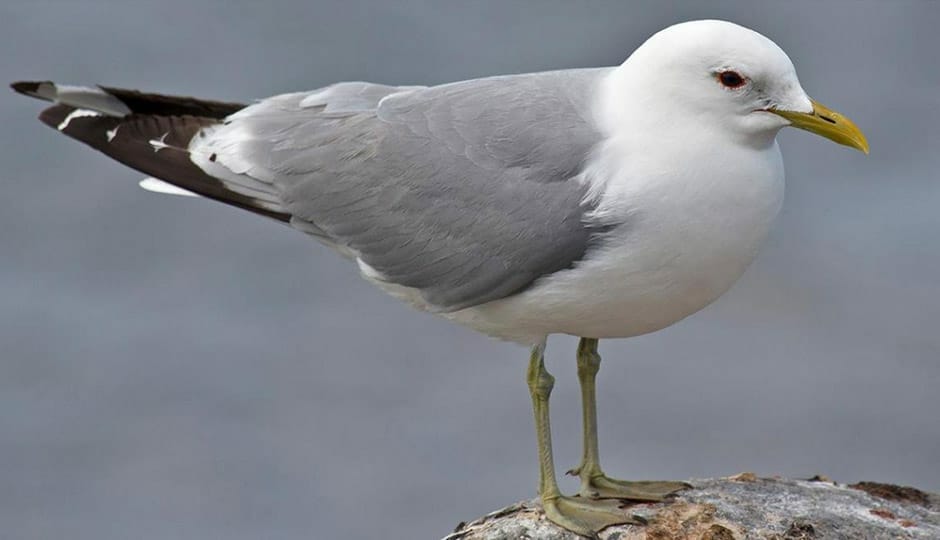
Common gulls are medium-sized and much smaller than it’s other gull counterparts. The common gull is usually seen all year round.
Much smaller than the herring gull, you should look for a length of around 40-46cm and a wingspan of 110-125cm. They can be distinguishable by their legs as they can appear to be a greenish colour.
Black-headed gull
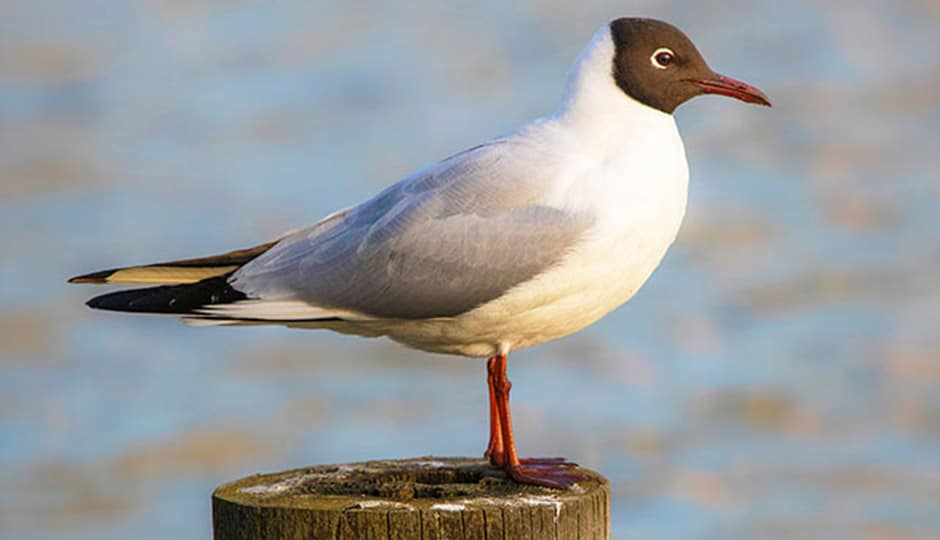
The black-headed gull can be difficult to identify, probably because their heads change colour! For most of the year, it actually has a white head.
The black-headed gull is not really a ‘seagull’ as per the term, due to the fact they can be found anywhere across the United Kingdom.
Are seagulls protected?
Over the last 50 years or so, seagulls such as herring and lesser black-backed gulls have moved inland and started using our cities and rooftops for nesting. You’ll often find them at landfills taking advantage of the abundance of waste food with easy access and no preditors.
So are seagull protected? Yes, urban gulls are protected by law. Specifically, the Wildlife & Countryside Act 1981 means that everyone must gain a government licence before killing any urban gulls. These will only be issued as a last resort, and you must use all other seagull control methods before the licence is issued.
The law states that “it’s illegal to intentionally or, in Scotland and Northern Ireland, recklessly injure or kill any gull or damage or destroy an active nest or its contents.”
As a pest control company, we’ve seen the damage that gulls and birds such as pigeons can cause and the health and safety risks they pose to the public. We’ve got further articles surrounding how to get rid of pigeons if you’re reading about the wrong bird. However, we understand the concern surrounding the decline of gull numbers across the UK and the move inland ultimately caused by humans. Therefore, we’re strongly against killing gulls, and instead, we advise you to use a range of seagull control methods to manage the population and attempt to move them away from your property.
How to stop seagulls nesting
When trying to stay away from predators, seagulls will often end up at our coastal towns to find shelter on commercial buildings. They can nest anywhere, and once they’ve made a home, the population can expand significantly in no time at all resulting in extensive damage caused by their droppings.
Unfortunately, during nesting season, they can become very territorial trying to protect their nests. This is when seagulls can become extremely dangerous to be around. We must point our again if you’re learning how to get rid of seagulls, you need to understand the law as the fines are considerable for killing them intentionally.
Throughout the internet, you’ll find articles talking about removing food sources and installing fake preditors. However, this isn’t going to cut it with seagulls, and to get rid of them, you’ll need one of or multiple permanent commercial bird control methods that are listed below.
Seagull Spikes
Seagull spikes are probably the most cost-effective solutions for you to get rid of seagulls. They do not harm gulls in any way; they stop them from nesting or perching on their desired areas. We highly recommend investing in seagull spikes to stop them as the first point of call.
Seagull Netting
Seagull netting or bird netting is another great alternative to get rid of seagulls from your property. Although not as discreet as spikes, the netting works by blocking the area seagulls gain access to. Don’t worry; humans can still gain access through the use of installed zips. Seagull netting can be difficult to install for anyone untrained in bird exclusion. Therefore, we recommend you visit our bird netting page to arrange a chat with a professional.
Falconry bird control
A popular method to get rid of seagulls can be to use falconry. These highly trained birds work to deter and disrupt seagulls from carrying out their normal behaviour. The constant fear of a predator in the area can scare gulls from the impacted location.
Bird Alert
Bird Alert is a revolutionary product that you won’t find from any other company in the UK. It’s a fantastic bit of kit that monitors a site 24/7, listening for gull noises and activity. When it hears the noises, it will activate a scaring device. Such as predator noises played out of a large speaker.
Bird Alert has been tried and tested at some of the most challenging seagull problem sites. It’s worked and helped to get rid of seagulls using humane methods that are legally compliant.
Contact a professional
Although this guide, how to get rid of seagulls, gives some fantastic tips. We must advise that DIY methods to control seagulls just aren’t going to cut it. The majority of the tips in this article will be difficult to undertake by someone untrained as bird control is a specialist service. Furthermore, understanding laws and seagull behaviour are all things a professional will be trained to do.
With our guide, you’ll be aware of the best methods for how to get rid of seagulls and prevent them from ever becoming a problem in the first place with proofing methods. If you need the help of a professional, Integrum Services can help you get rid of seagulls around London, Surrey and the south-east of England. We offer fully-licensed drone surveys to help you identify the problem at hand and plan the best treatment plans. Call now on 0204 566 5522 to discuss.




